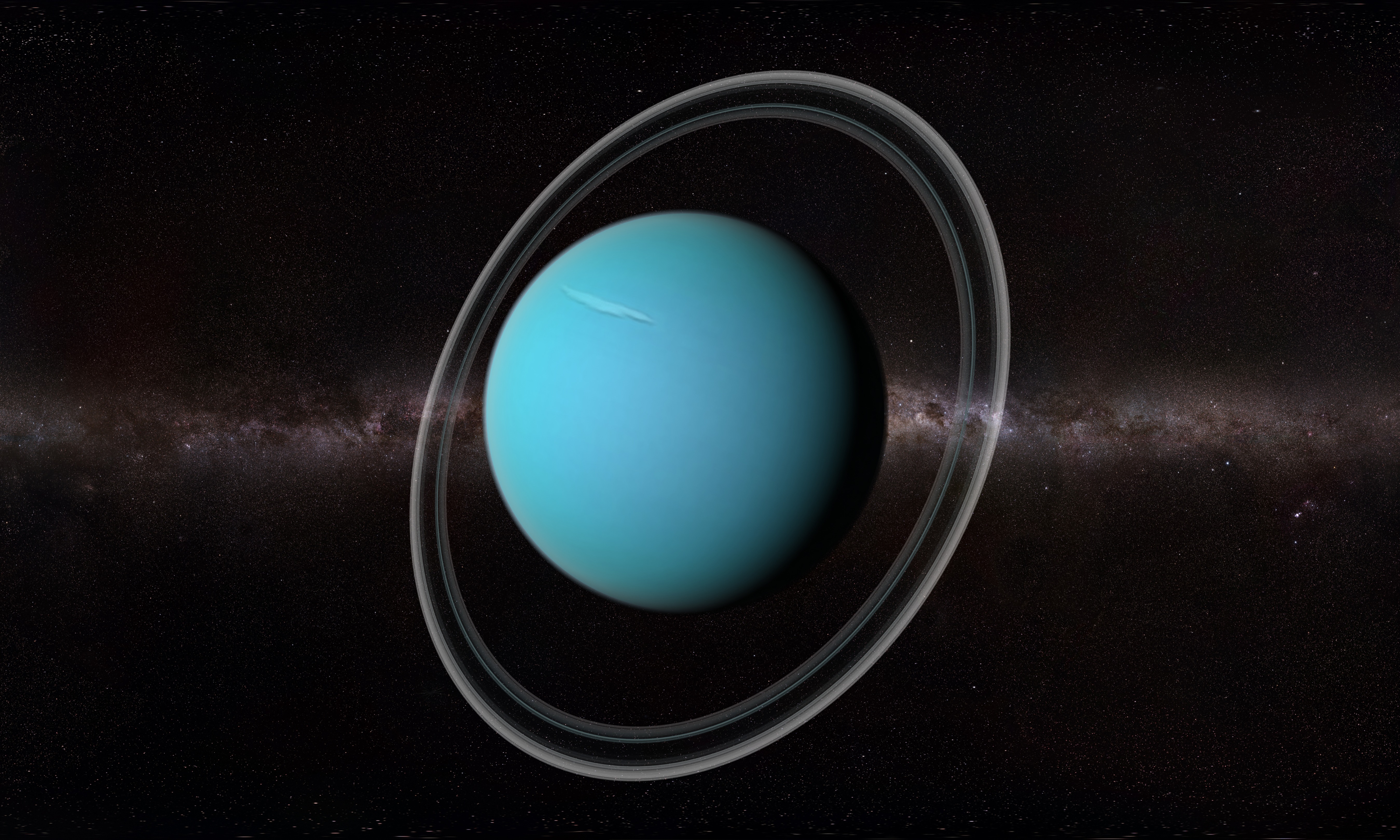Uranus is the seventh planet from the sun and is known for its unique blue-green color and tilted axis. In this article, we will explore everything you need to know about Uranus, from its discovery to its unique features and its place in our solar system.
 |
| Everything You Need to Know About Uranus: The Seventh Planet in the Solar System |
Discovery and Exploration of Uranus
Uranus was discovered by Sir William Herschel on March 13, 1781. Herschel was observing the night sky with a telescope when he noticed a faint blue-green disc that he initially thought was a comet. However, further observations revealed that it was a new planet, the first to be discovered in over 70 years.
Since its discovery, Uranus has been explored by various space missions, including Voyager 2, which flew by the planet in 1986. Voyager 2 was able to capture detailed images of the planet and its moons, providing valuable information about Uranus' composition and atmosphere.
Physical Characteristics of Uranus
Uranus is the third-largest planet in the solar system, with a diameter of 50,724 kilometers and a mass that is roughly 14.5 times that of Earth. Its atmosphere is primarily composed of hydrogen and helium, with small amounts of methane.
One of the most distinctive features of Uranus is its tilted axis. Unlike the other planets in the solar system, Uranus' axis is tilted at an angle of 98 degrees, which means that its poles are almost in the plane of its orbit. This unusual tilt also means that Uranus experiences extreme seasons, with each pole experiencing 42 years of continuous daylight and 42 years of continuous darkness.
Uranus also has a unique magnetic field, which is tilted at an angle of 59 degrees to its axis of rotation. This magnetic field is much weaker than that of other planets in the solar system, and it is thought to be generated by the planet's icy mantle rather than its core.
Moons of Uranus
Uranus has 27 known moons, each with its own unique features and characteristics. The largest of these moons is Titania, which has a diameter of 1,578 kilometers and is the eighth-largest moon in the solar system.
 |
| Moons of Uranus |
Another interesting moon is Miranda, which has highly varied terrain and is thought to be one of the youngest objects in the solar system. Miranda's surface features include large canyons, steep cliffs, and strange-looking formations known as "coronae."
Uranus also has a number of smaller moons, including Cordelia, Ophelia, Bianca, and Cressida. These moons are believed to be remnants of a larger moon that was shattered by a collision.
Orbit and Position in the Solar System
Uranus orbits the sun at an average distance of 2.87 billion kilometers, taking 84 years to complete one orbit. Its elliptical orbit means that its distance from the sun varies between 2.72 billion and 3 billion kilometers.
Uranus' position in the solar system is important for a number of reasons. Its location in the outer solar system means that it is often used as a reference point for measuring distances in the solar system. Its unique tilt also plays a role in the formation and stability of the solar system, as it is thought to have helped to prevent collisions between the planets.
Importance of Uranus' Exploration
Exploring Uranus is crucial for our understanding of the solar system and the universe as a whole. By studying Uranus' atmosphere, composition, and magnetic field, we can gain insights into the formation and evolution of the solar system, as well as the processes that shape the planets and their moons.
For example, the study of Uranus' magnetic field has led to a better understanding of the magnetic fields of other planets, as well as the interaction between these fields and the solar wind. The study of Uranus' moons has also revealed important insights into the processes that shape the surfaces of these objects and the role they play in the dynamics of the solar system.
Future Missions to Uranus
Despite its importance, Uranus has not been the subject of many space missions. The only spacecraft to have flown by Uranus is Voyager 2, which provided valuable information about the planet but only had a brief encounter. However, there are plans for future missions to Uranus, including the Uranus Orbiter and Probe mission proposed by NASA, which would involve sending an orbiter to study Uranus' atmosphere and magnetic field, as well as a probe to study its interior.
Conclusion
Uranus is a fascinating planet with unique features and characteristics that make it a valuable object of study for astronomers and planetary scientists. Its tilted axis, diverse moons, and important role in the formation and stability of the solar system make it a key piece in the puzzle of our universe. As we continue to explore Uranus and the other planets in our solar system, we can expect to uncover even more mysteries and insights into the workings of the universe.


0 Comments